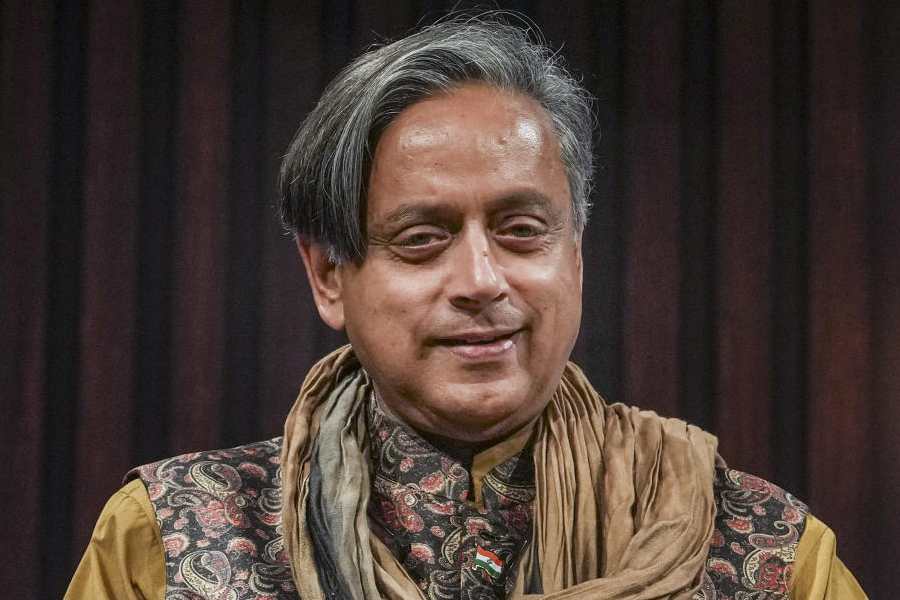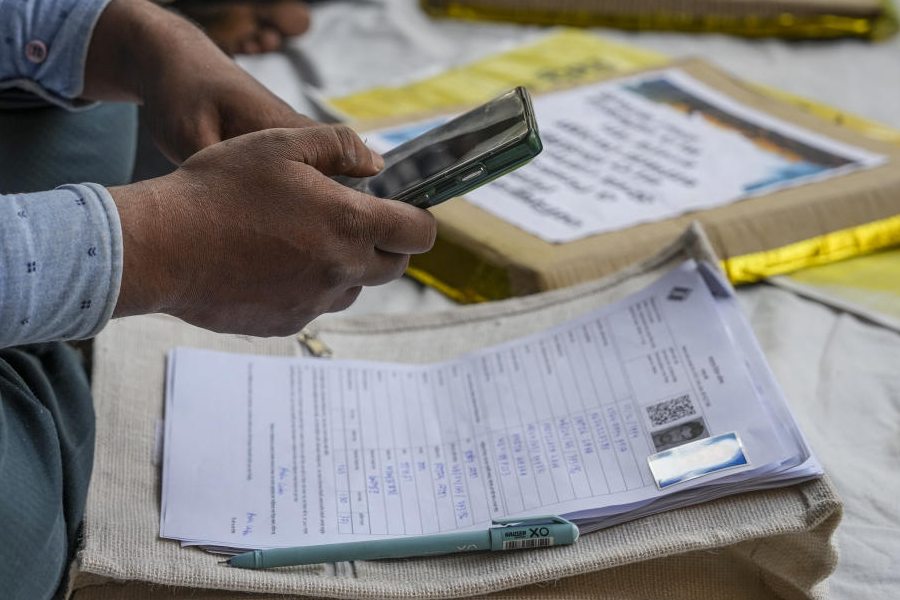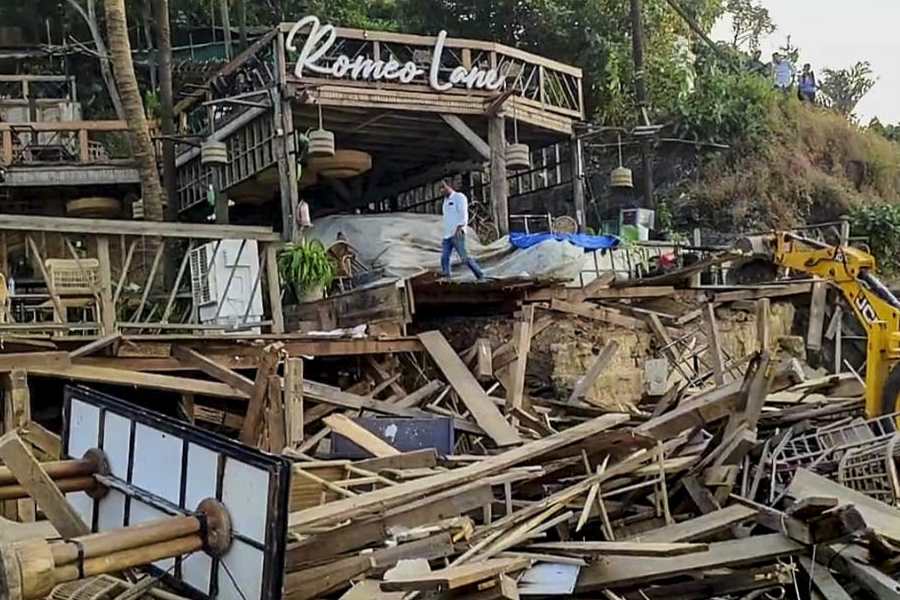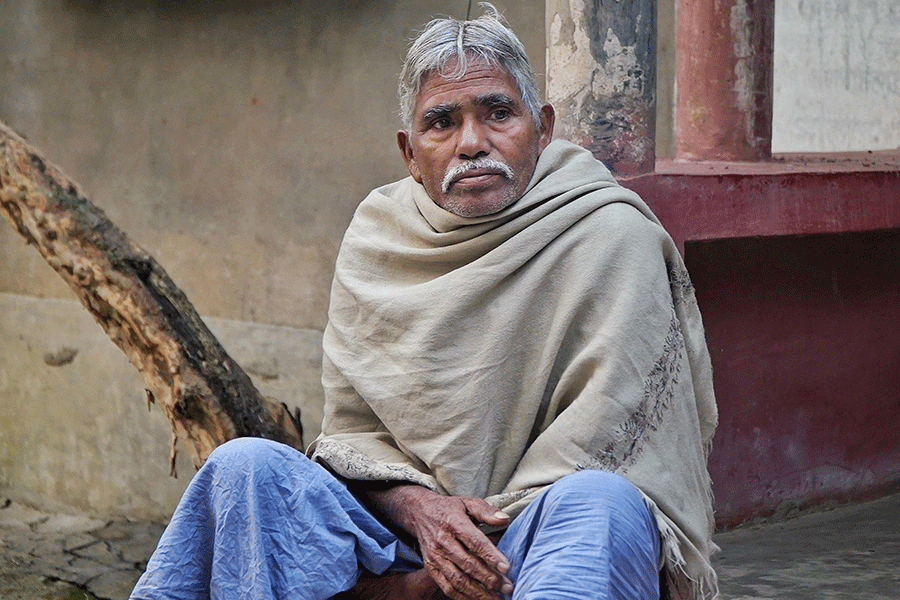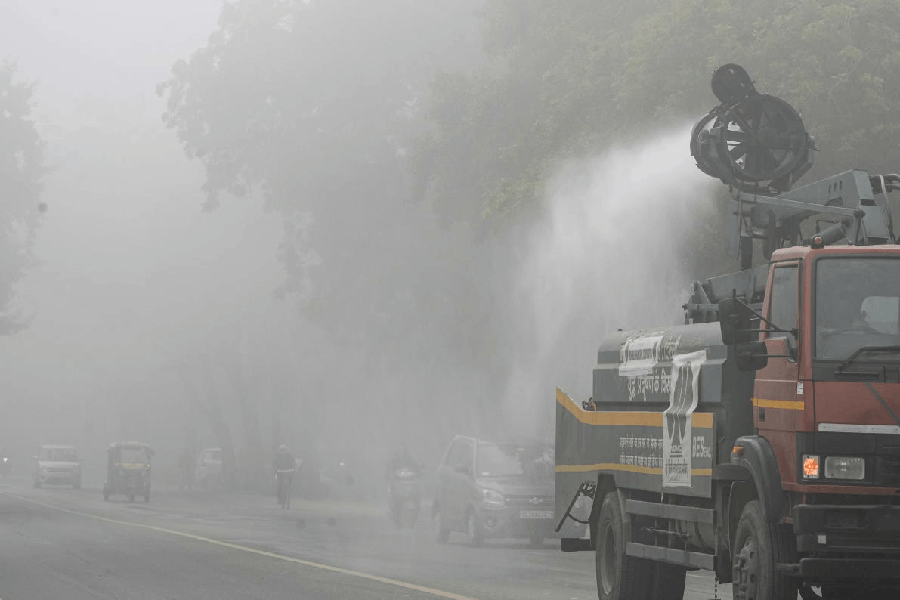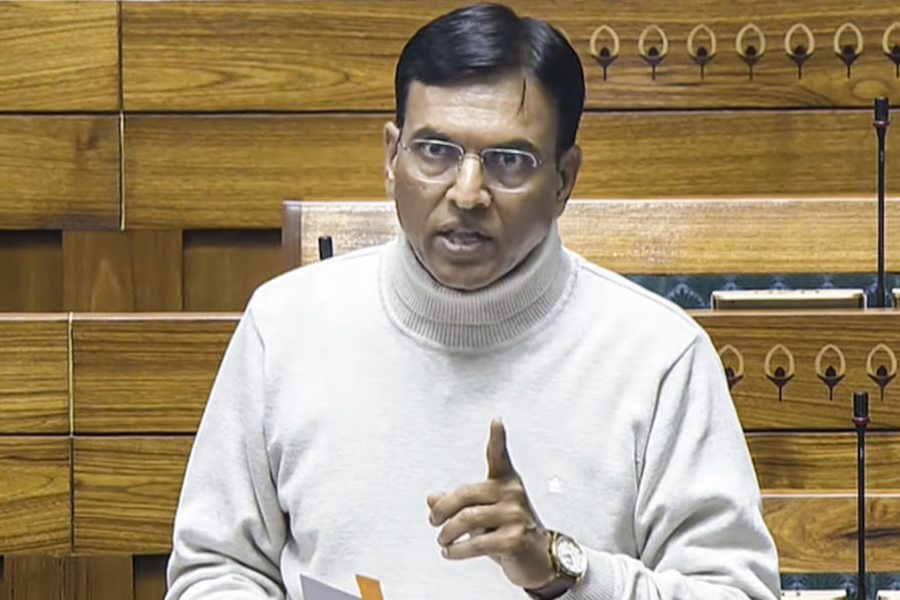New Delhi, March 1 :
New Delhi, March 1:
Gujarat today is the Indian soldier's nightmare come true: while he is eyeball-to-eyeball at the border, there is no one to watch his back.
Caught in the classic security conundrum - a war on two fronts - the army is taking the flak for delayed action.
After 36 hours of bloodletting, the first of the troops flown into Ahmedabad, Rajkot and Vadodara began moving into riot-torn localities at 11 this morning. They had to be flown from reserves' stations in south India because the bulk of the forces is on the border. On the face of it, the delayed reaction is a monumental failure of the army in Gujarat, to which the Union minister of state for defence, Harin Pathak, belongs.
Fact is: by Thursday afternoon, the southern command in Pune, liaising with the 11 Division headquarters in Gandhinagar, had contingency plans ready, well before a formal request was made by the Gujarat government. Even so, the first request made by the Gujarat government in the evening - after a full day during which frenzied VHP-led mobs ran amok - was for the army to be put on 'stand-by'.
It was later at night, nearly an hour after the Cabinet Committee on Security had met, that the decision was taken to deploy the army.
But it still took about 12 hours for the army to move into Ahmedabad after the request was made. No army, no professional army, can take so long to make up its mind.
What is overlooked is that except in Kashmir and in the Northeast where the armed forces' Special Powers Act is operative, the army is not its own master.
At the defence headquarters in New Delhi, the top brass is blaming the Gujarat government. Even in normal times, there is a largish complement of the army in Gujarat because it is a border state.
'Our forces are as familiar with the state as can be but there is little we can do blindfolded,' said an officer here, who was provoked by some intensive questioning.
From midnight last night, after the defence ministry issued orders to bring reserves into Gujarat, the air force has flown several sorties on 16 aircraft - four Ilyushin 76s and 12 Antonov-32s from Andhra Pradesh, Karnataka, Maharashtra and Tamil Nadu.
On an average, an Il-76 can carry 300 plus men and an An-32 more than 50. Defence minister George Fernandes said in Gujarat that two brigades of the army - roughly 4,000 troops - have moved into Ahmedabad, Rajkot and Vadodara. The last of the sorties were still being flown early this evening.
The immediate decision taken at army headquarters was not to bring troops from the front.
Since most of the formations in Gujarat have sent their men to the borders, the troops brought in from south India could not move with their own vehicles. The aircraft are not so large that they can be stashed with both men and materiel.
By 2.30 am, the first planeloads of troops were in Ahmedabad, In Delhi, at the army headquarters, it was taken for granted that the troops will fan out by dawn. But that was not to be.
The troops flown in were unfamiliar with territory, did not have maps, guides, enough vehicles and asked the civil administration for 65 vehicles.
By law, the troops also had to be accompanied by magistrates. If the troops had to open fire, it would be only with the permission of the magistrates. There weren't enough magistrates available.
Asked why the army needed such elaborate preparations in towns and cities where rioters were running amok, official sources said the army was going by the book. 'By the book' meaning the army was going step by step: (a) Mapping the trouble-torn area, (b) sending out reconnaissance patrols, (c) conducting flag marches, (d) Getting magistrates to accompany them, and (e) combing/taking action as the situation demands.
For nearly nine hours since the first troops landed and till 11.30 am this morning when 12 columns - between 70 and 90 troopers make up a column -finally began the flag marches, the army was in Gujarat, ready to move in,
but did not have the wherewithal. Those nine hours will have made the difference to over
hundred lives.
 Tuesday, 16 December 2025
Tuesday, 16 December 2025

